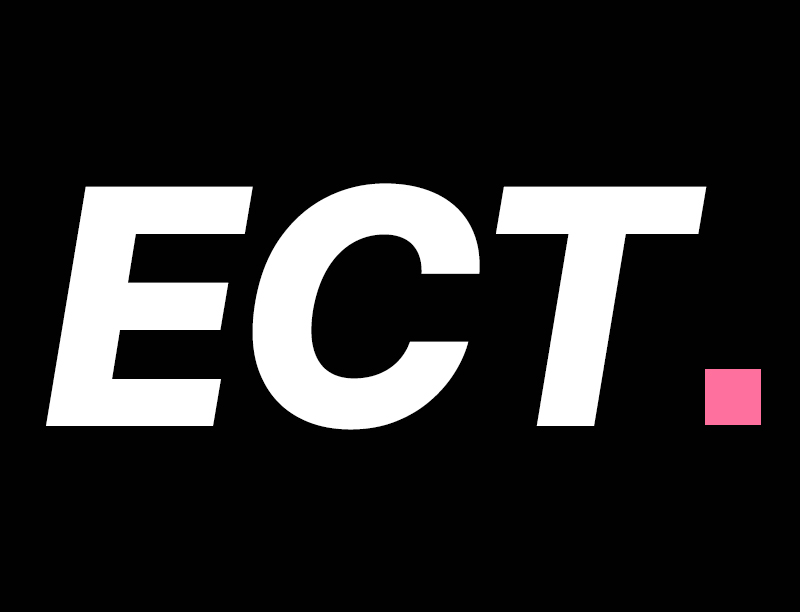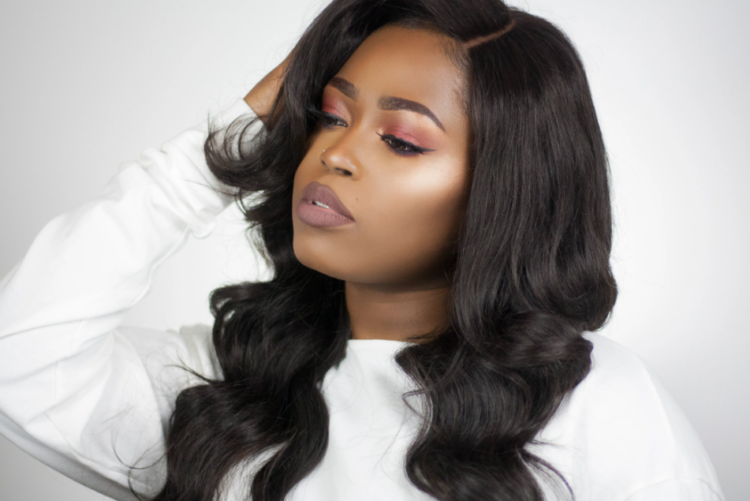We all know that the key to growing long, strong hair is wearing both low manipulation and protective styles. We talk about all the braids, twist-outs, low buns, and wash-and-gos in the world, but we still side-eye wigs.
And well, that’s not for no reason. Wigs can definitely be more harmful than helpful, but that’s only because they aren’t being worn correctly. It’s a fact that if we tweaked some of our wig wearing habits, we’d flourish.
Flourish might be an understatement, so I’ll do you one better—wearing wigs the right way is actually a solid protective styling option and will help your hair grow into long, healthy kinks, curls, and coils. No joke!
However, there is the possibility that you might not think you’re doing anything wrong and that you’re ready to wear wigs as a protective style. Don’t risk it, chile. Before you get started, check out a few of our tips!
Oil down your wig caps before you slide them on.
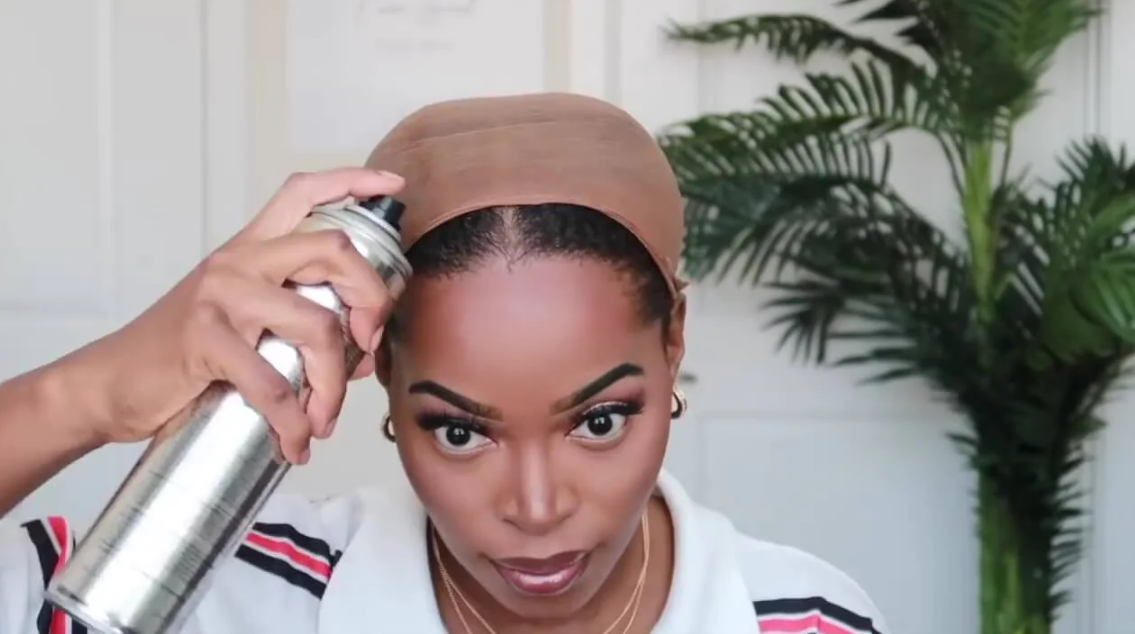
We usually put on wig caps as a way to shield and protect our hair from any damage that could occur from wearing wigs. However, sometimes the culprit behind the damage is actually the friction caused by the wig cap.
The wig cap will slightly shift and rub against your hair, causing dryness and even some light breakage. The best way to avoid this is by moisturizing and sealing your hair before you put the cap on, but then oiling the cap, too.
By spraying the inside of the cap with an oil sheen, you’re taking away the very dryness that would’ve caused the friction in the first place. Just make sure you’re not too heavy-handed because you still want to avoid slippage!
Wig glue or gel should never go directly on your hair.
We use all kinds of products to melt the lace and keep our units in place. Some of us—not naming any names—like to put those extremely sticky, semi-permanent glues and gels directly on our hairline and edges. Yikes!
This is exactly the moment where wearing wigs stops being a protective style and starts being the reason why your hair is thinning and balding in places that are very visible and very embarrassing. And no matter how careful you think you’re being when removing the product, the constant use of such harsh products will still do harm.
In this case, you have two options: 1) Apply the gels and glues on your forehead or 2)Go for the glueless lace wig options. Depending on your personal preferences, either of these would be OK to do when protective styling with wigs—but only if you’re not doing other damaging things to your hair regarding these wigs.
Pick your poison: Glue it, sew it, or elastic band it.
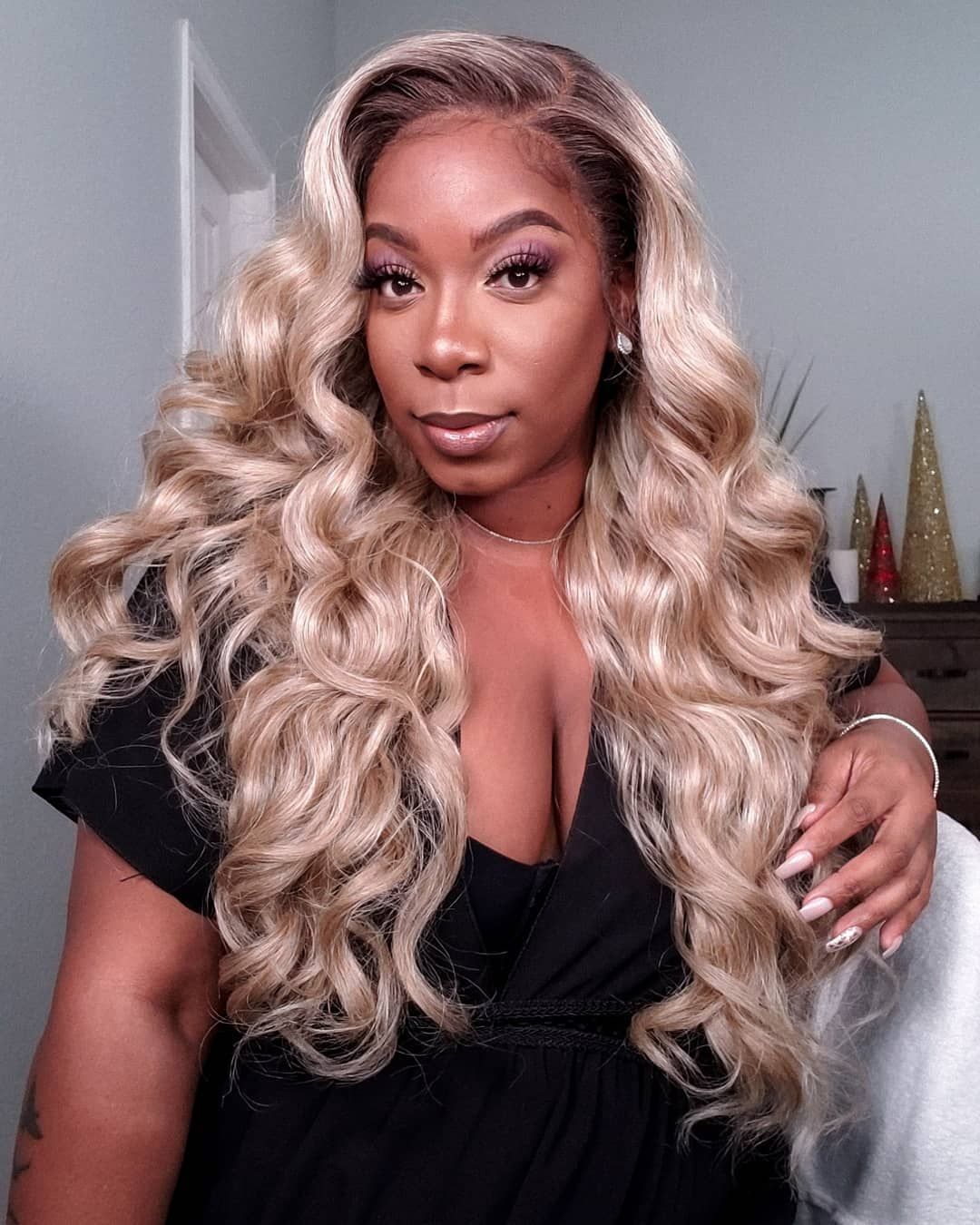
Now we already know the pros and cons that come with gluing our wig downs, but what about the two other options: sewing and the elastic band method? Both of them are alright when it comes to wearing wigs as a protective style, but to keep it all the way real with you, there’s actually a clear winner between the two.
If you guessed the elastic band method you are correct! If you don’t know, the elastic band method is just sewing a medium width elastic behind inside of your wig cap. This band is meant to stretch along the backside of your wig once you place it on, keeping it flat and snug without using damaging clips and combs.
Now on the flip side, we have the sew-in wig method. This isn’t a bad idea, but it can be damaging if not done right. To avoid hair breakage, you’ll need to cut out the combs on the inside of the wig before sewing it down.
Then, you have to know how and where to sew. Unlike traditional sew ins, you’ll being sewing your wig down in sections and according to the structure of the wig’s bult-in cap and/or tracks. This is done to help you avoid sewing too tight in places that are more vulnerable to breakage and thinning than others.
If you need an idea of how sewing down a wig works, here’s a good video to learn how:
Don’t just throw it on and forget about it.
Yeah, you need to still take care of your hair underneath the wig! After all, this is a protective style to help you grow and care for your natural hair—not cover it up! So, at the very least, make sure you are still following your wash-day routine, moisturizing and sealing on the regular, and trimming those ends when needed.
Avoid wigs that require you to leave any hair out.
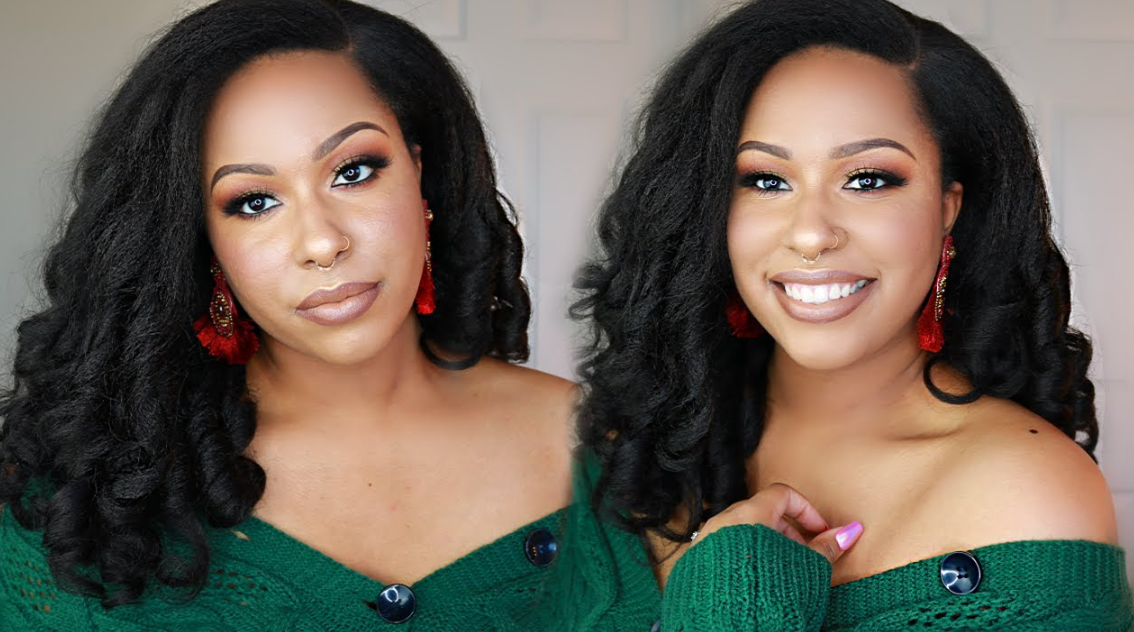
Leave-out is the easiest way to damage your hair when wearing wigs because you have to manipulate your own hair to match the wig texture which defeats the whole purpose of low manipulation, protective styling.
Even if you wear a natural kinky-curly or yaki straight wig that mimics your actual texture, you still have to touch and style your hair way too much to make the wig work in your favor.
You can honestly just avoid this purchasing wigs that not only match your natural texture, but also come with pre-plucked frontal hairlines. Not a wig customizing expert? Then start with a closure wig and then branch out.
Yeah, you need to wash the wigs, too.
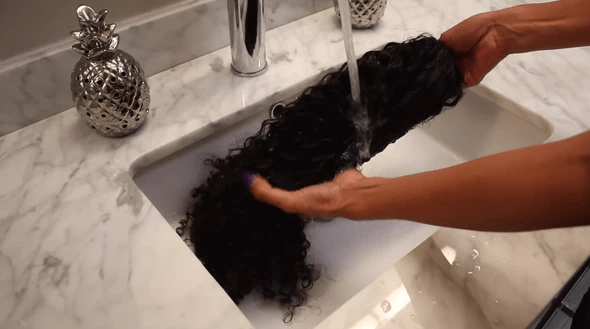
Just like your own hair and scalp, wigs hold on to dirt, sweat, and hair product residue, too! Think about it: you’re wearing it on your head for a few days or weeks and have applied glue, gel, concealer, and whatever else.
Not to mention that your hair is probably sweating underneath the cap and mixing with the products in your hair, causing buildup on your scalp and braids to some extent. All of that? Yeah, it’s on the wig too, sis!
So just take your wig off from time to time and wash that thing, mama. You don’t have to do to much, just make sure you shampoo, condition, and be gentle (but thorough!) with that lace and you’re good to go.

